Current Trends in Calligraphy and Lettering

Calligraphy and lettering have been around for centuries, but the art forms are experiencing a resurgence in popularity as more people seek to express themselves through creative outlets. In this blog post, we will explore some of the current trends in calligraphy and lettering that are gaining traction across the world. We’ll take a look at how modern technology has enabled new forms of expression and discuss which tools and materials professionals use today. Whether you’re interested in learning about these beautiful art forms or just looking for some visual inspiration, this is sure to be an enjoyable read. So let’s get started!
What’s The Difference Between Calligraphy And Lettering?
Calligraphy
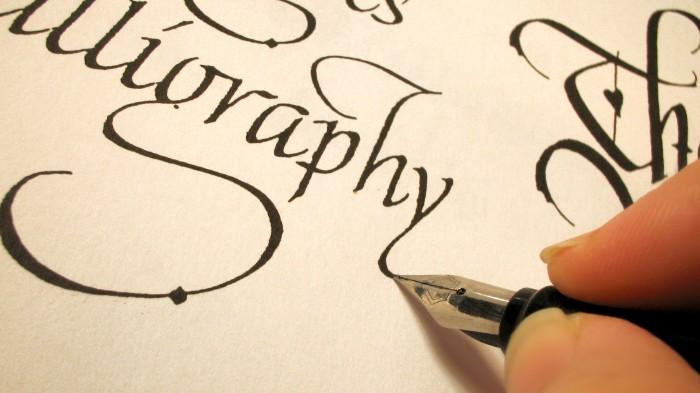
Calligraphy is an ancient art form that involves beautiful, flowing handwriting. It dates back thousands of years and has been practiced around the world for longer than we can imagine. Calligraphy is often found in historical documents and literature, making it incredibly impactful and timeless. Despite its prominence in ancient cultures, calligraphy is still a popular form of artistic expression today—modern calligraphers use their creativity to make unique works of art that are often more decorative than traditional writing. To learn calligraphy, individuals will typically have to invest time and practice, not only to perfect strokes but also to develop a feel for letter formation. It’s a wonderfully enjoyable pastime but it can also be quite challenging! Whether you’re new to calligraphy or already consider yourself a skilled artist, there’s always something new to learn and explore in this timeless art form.
Lettering
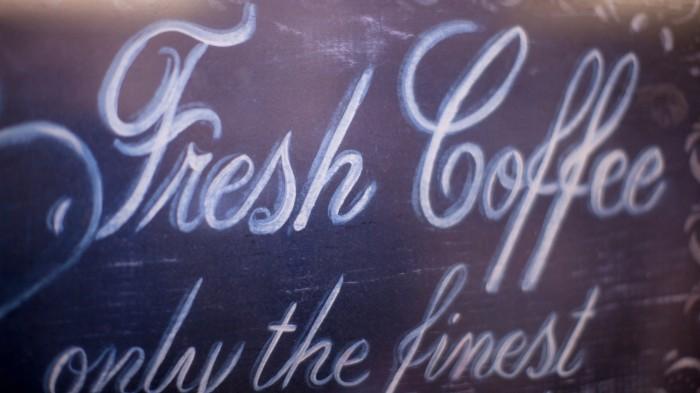
Lettering is something that many of us engage in on a daily basis but that often goes unrecognized. Lettering art refers to the creative way one can use letterforms instead of using handwriting for everyday communication. A lettering artist will design gorgeous typography and bring life to signs, posters, websites – even tattoos! Lettering differs from calligraphy in that calligraphy is more focused on the specific letterform rather than the design aspect, inspired by skillful use of a nib pen or brush. Lettering focuses more on the visual aesthetics of taking letters and creating an art form out of them. Crafting masterpieces like these requires an understanding of some fundamentals but it’s also about having fun with colors and compositions.
Different Styles of Calligraphy
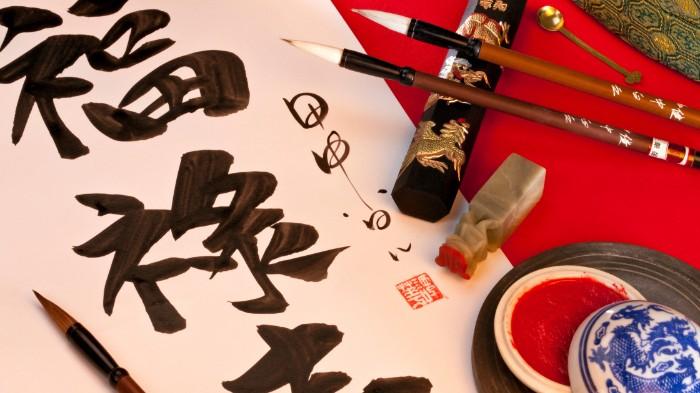
With its unique mix of style and substance, calligraphy is a craft that can be used to express emotion and convey meaning. There are several different styles of calligraphy, each with its own set of characteristics and techniques. Let’s explore some of the most popular types.
Copperplate Script
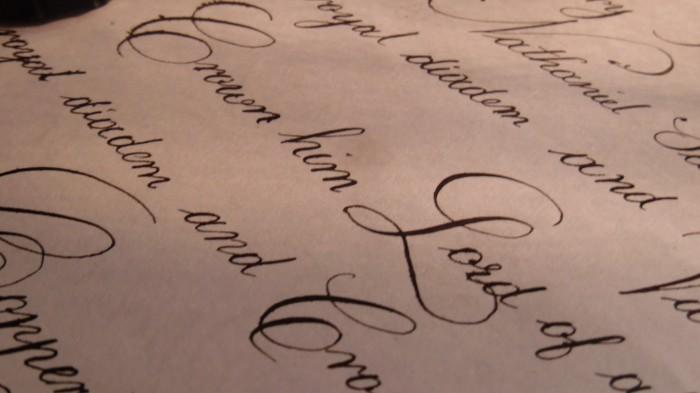
Copperplate script is a calligraphy style developed in England during the 18th century. It is based on the traditional letterforms used in copper plate engravings, and it has a distinctively elegant look. The letters are thin and delicate, with sharply tapered strokes that come to a point at the end. This makes copperplate script an excellent choice for formal invitations or special announcements. It takes time to master the skill for this style, but with practice you can create beautiful pieces of art.
Spencerian Script

Spencerian script is based on the handwriting style developed by American business educator Platt Rogers Spencer in the 19th century. This type of calligraphy features graceful curves and sharp edges that give it a very distinctive look. Many people consider spencerian script to be one of the most beautiful forms of calligraphy; however, it can be difficult to master due to its complex letterforms and precise line widths.
Modern Calligraphy
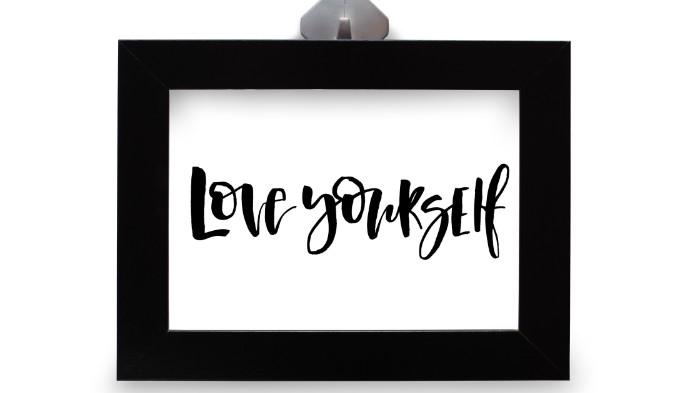
Modern calligraphy is an evolving style that has grown out of traditional calligraphic forms like copperplate and spencerian scripts. It combines elements from these classic styles while adding its own modern twist, resulting in something that looks familiar yet fresh at the same time. Modern calligraphers often use bolder strokes than their predecessors did, giving their work greater impact visually. This type of calligraphy is often used for projects such as wedding invitations or logos where a more contemporary look is desired.
Different Styles Of Lettering
Brush Lettering
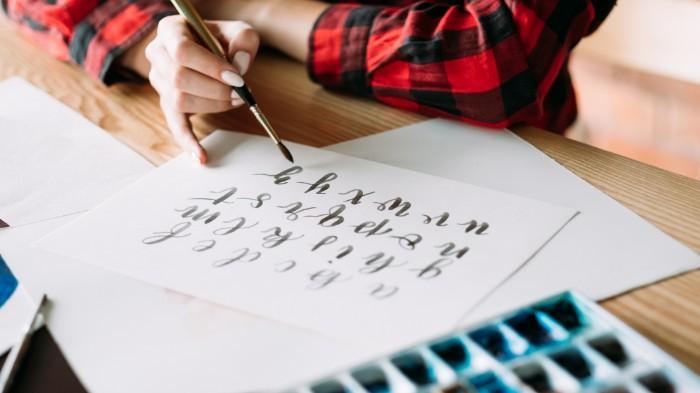
Brush lettering is a lettering style that uses a special brush pen in place of the traditional writing instrument. It creates an eye-catching effect by allowing the writer to create letters that switch between thin and thick lines. Many aspiring letter writers find brush lettering to be one of the most accessible and enjoyable ways to begin lettering, as it does not require much specialized knowledge or expensive supplies to start learning. These include brush pens, paper or a sketchbook, and ink. You may also want to invest in an eraser, ruler or straightedge, and colored pencils or markers if you plan on adding color to your work. Finally, having reference materials such as books or online tutorials can help you learn the basics of brush lettering quickly and easily. Brush lettering can be used for everything from creating beautiful invitation cards to adding flair to sketches and color illustrations. Whether you’re a total beginner or a professional, there is something to love about brush lettering for everyone!
Graffiti Lettering
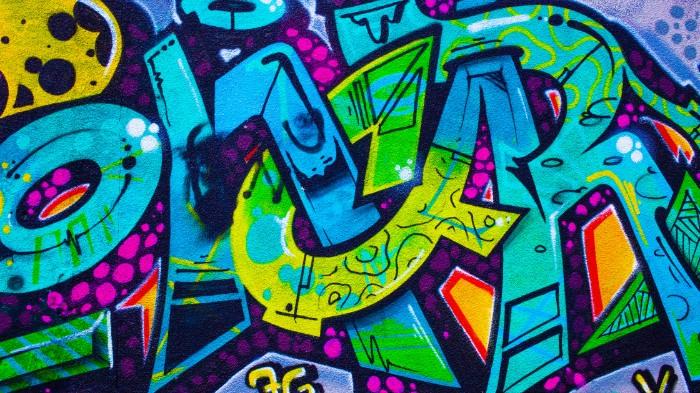
Graffiti lettering is all around us — on train cars, walls, and sidewalks. It is an ever-evolving art form, with its roots firmly entrenched in the 1980s hip hop culture. Graffiti lettering is the art of drawing stylized letters, typically sourced from traditional calligraphy or graffiti alphabets. To create these animated handwritten images, artists break apart and recombine letters to produce dynamic typography that your eyes just can’t avoid! Through clever use of shape, style, color and distortion — usually accompanied by bold outlines and shadows — graffiti artists bring their own unique style to life using spray cans and paint markers. Every piece of artwork they create is unique and is guaranteed to draw the attention of onlookers!
Bounce Lettering
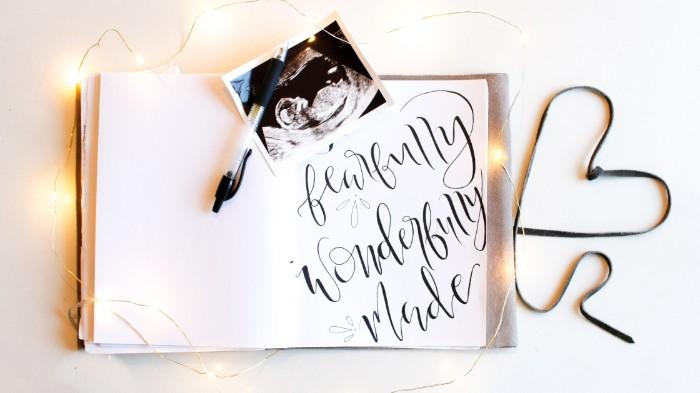
Bounce lettering is a style of handwriting that appears to move up and down. It is also known as “jumping” or “bouncing” letters because the pen strokes appear to be bouncing off the page as they are being written. This type of calligraphy requires a steady hand and good control over the writing instrument, making it difficult for beginners to master. Bounce lettering can be used for a variety of purposes such as wedding invitations, posters, signs, or even logos. The creative possibilities with bounce lettering are endless! When done correctly, this unique style adds an element of fun and elegance to any piece of artwork.
Blackletter/ Gothic Lettering
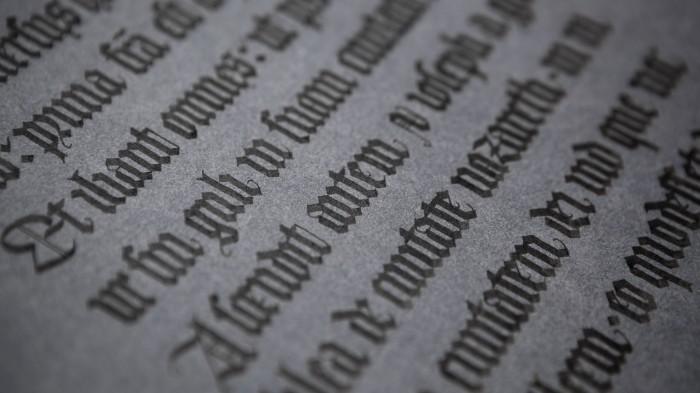
Blackletter/Gothic lettering is an artistic lettering style with a history dating back to the 12th century. It differs from other styles by having one of the more elaborate forms of letter shapes, which tend to be narrow, pointed and elaborate, and they often create striking calligraphic compositions. Their main purpose is to convey a certain visual feel or an atmosphere of seriousness and classical elegance. Some examples of how Gothic lettering is used includes logos, book covers, logotypes and headlines. It’s also popular in the branding of beer labels, music album covers and tattoos. For those who appreciate the clear distinction of its bold classicism, Gothic lettering will never go out of style – especially when creating something that must match a specific feeling or theme.
Serif Typefaces

Serif typefaces feature subtle flourishes on the ends of characters (think Times New Roman) and straight lines. These fonts are often used in professional documents because they are easy to read at small sizes and have a classic feel. Serif typefaces are great for adding elegance or sophistication to your designs without being overly ornate or flashy.
Digital Lettering

In recent years digital lettering has taken off as it allows artists to create beautiful works from their own homes without having to purchase expensive, specific tools or materials. With the help of various technology tools such as Adobe Photoshop and Illustrator, digital letterers can easily design logos for businesses or create posters for events without having to leave their house! Digital lettering also allows for more experimentation since there are no limits on font sizes or colors—the possibilities are endless!
Different Types of Inks
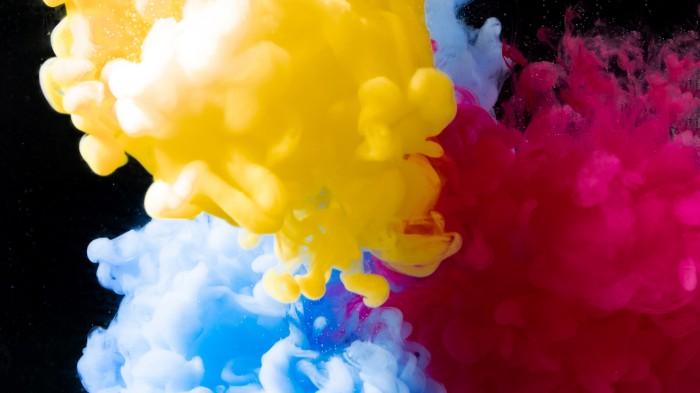
Whether you’re a calligrapher, letterer, or just someone who loves writing with beautiful pens, you know how important the right ink is to your work. From traditional inks to fountain pen inks, there are so many options for finding the perfect ink for your calligraphy and lettering projects. Let’s take a look at some of the latest trends in different types of ink that are popular among calligraphers and letterers today.
Fountain Pen Inks
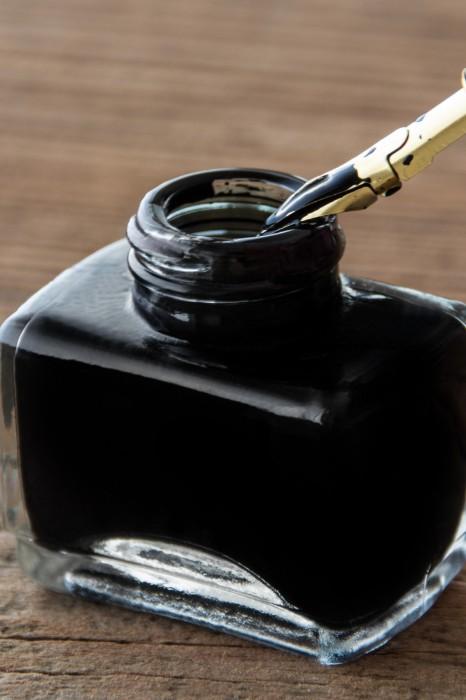
Fountain pen inks are becoming increasingly popular among calligraphers and letterers due to their varying shades of color and smooth flow. Fountain pen inks also come with a variety of different finishes including matte, glossy, shimmery, or metallic. This makes them perfect for creating dynamic pieces with texture and depth. Plus, using fountain pen inks means that you can use any type of fountain pen nib—from extra-fine to extra-broad—with no worries about running out of ink or having it dry out too quickly.
Gouache Inks
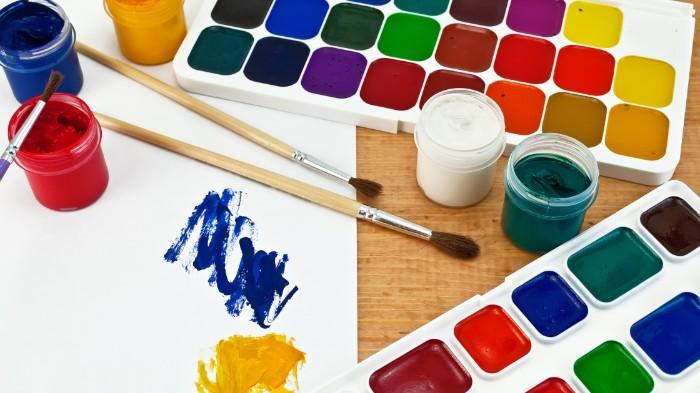
Gouache paints have been used as an art medium since ancient times but they are now being used more frequently by modern calligraphers and letterers as well. Gouache paints come in opaque colors which makes them perfect for creating bold artwork with intense color saturation that stands out on paper or other surfaces. They also dry quickly so they’re great for working on projects that require multiple layers of ink without worrying about smudging or smearing.
Ink Sticks & Sumi Inks
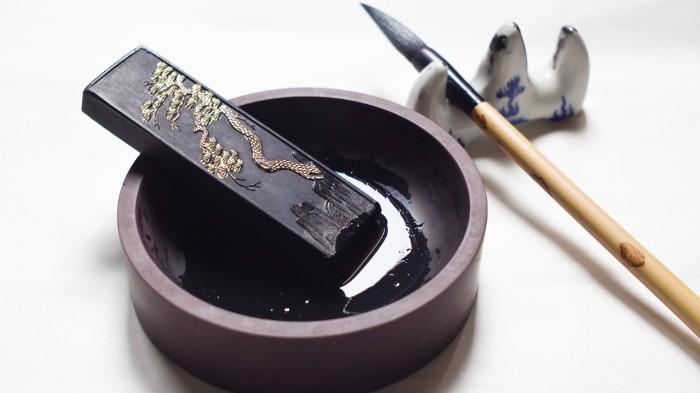
If you’re looking for a more traditional approach to calligraphy and lettering, then ink sticks or sumi inks might be just what you need! These types of inks come from east Asia where they were traditionally used to create works on paper and silk fabric. The unique process of grinding down natural materials like tree sap, charcoal, minerals, and beeswax produces an incredibly vibrant black pigment that is highly sought after by both traditional and modern calligraphers alike for its ability to create bold yet precise basic strokes.
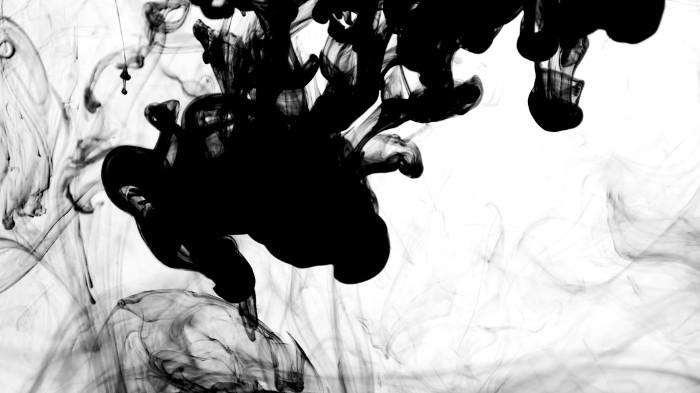
Ink plays such an important role when it comes to creating beautiful works of art with calligraphy or lettering – finding the right one can make all the difference! Today’s trendiest types of ink include fountain pen inks for their wide range of colors; gouache paints for their rich opacity; and ink sticks/sumi inks for their traditional roots. With so many amazing options available out there today, it’s never been easier to find the perfect ink for your next project!
Beginner Tips
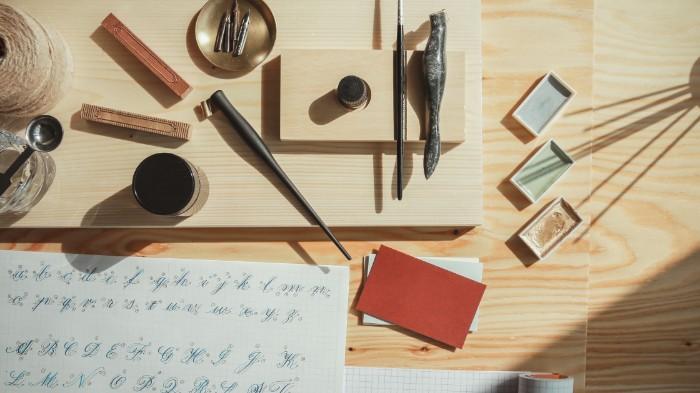
If you’re new to the world of calligraphy and lettering, it can be overwhelming at first! But don’t worry—with a few beginner tips, you’ll soon have your work looking as beautiful as ever:
1. Start With A Simple Alphabet
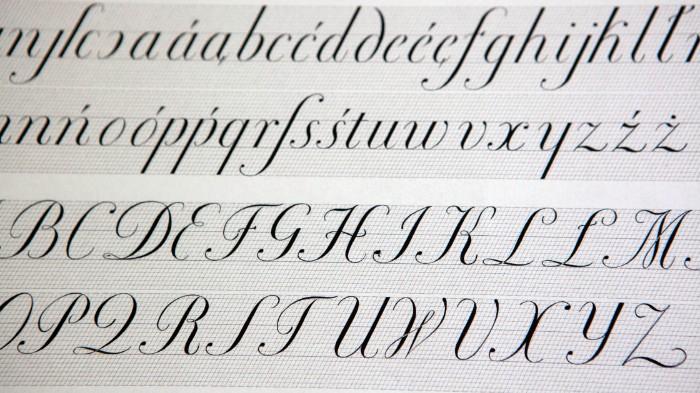
The best way to start learning calligraphy is to begin with a simple alphabet. This will help you get a feel for the basic strokes and how to form the letters. Once you have mastered the basic alphabet, you can move on to more difficult alphabets.
2. Use A Light Touch
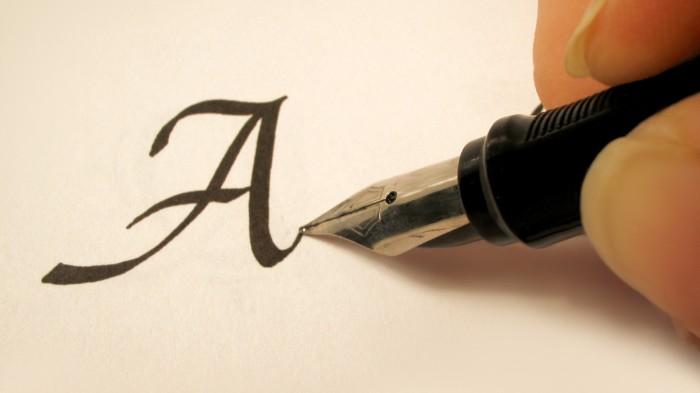
When you are first starting out, it is important to use a light touch when you are writing. This will help you get a feel for the pen and how much pressure to apply. As you practice, you can start to increase the amount of pressure you apply.
3. Use The Proper Tools
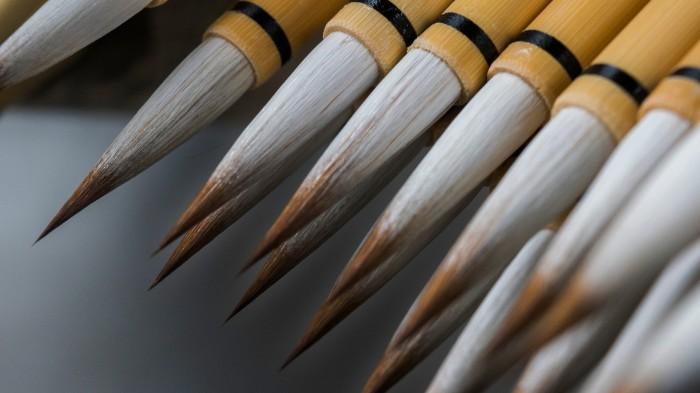
Even though calligraphy and lettering require mostly basic tools, make sure to get the proper type of paper and ink you need. Calligraphy paper is usually thicker than regular paper, which will help prevent your ink from bleeding through. Be sure to use an ink that is specifically designed for calligraphy and lettering; regular ink will not flow as smoothly from your pen. You can also do research on different pens, or brushes with a brush tip specifically made for the calligraphy or lettering style you’re practicing. Explore different tools that you feel comfortable using.
4. Take Your Time

You can’t become a lettering artist or professional calligrapher overnight; the most important thing to remember is it takes time and practice to perfect your skill. So be patient with yourself and don’t expect perfection from the start. Just keep practicing and eventually you will get there! Practice sheets are a great tool to help you with drawing letters in the beginner stages.
5. Get Inspired By Others

There are many great resources available online and in libraries where you can find inspiration for your own calligraphic work. Take some time to look through these resources and find examples of calligraphy that you like. Or you can find work from a hand lettering artist that specializes in the type of lettering that you want to do. Then you can use these examples as a starting point for your own work.
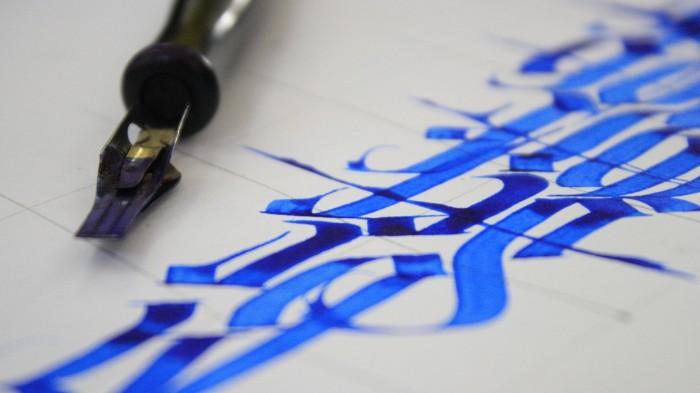
In conclusion, calligraphy and lettering are major art forms that have been used for centuries to create beautiful works. Modern-day calligraphers have a wide range of inks to choose from, each with their own unique properties. From fountain pen inks and gouache paints to traditional ink sticks and sumi inks, there’s something out there for everyone! To get started with calligraphy or lettering, it’s important to begin with a simple alphabet and use the proper paper and ink. With practice, patience, and inspiration from words or letters that other artists have created, you can make stunning artwork that will last for generations. So grab your favorite ink and get writing! If you’re in need of supplies swing by our store located in Downtown Wilmington or contact us online!